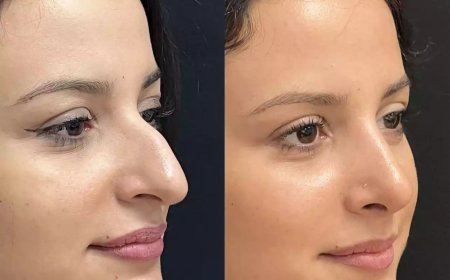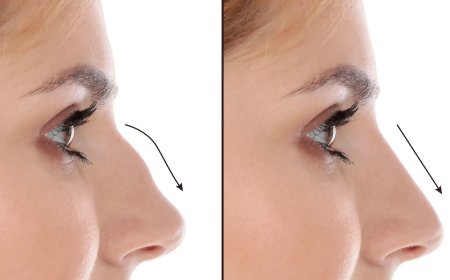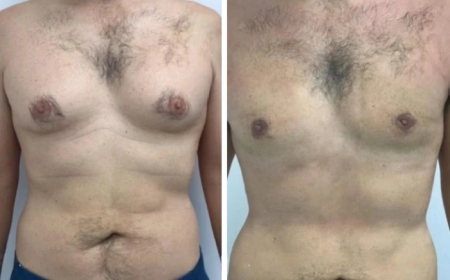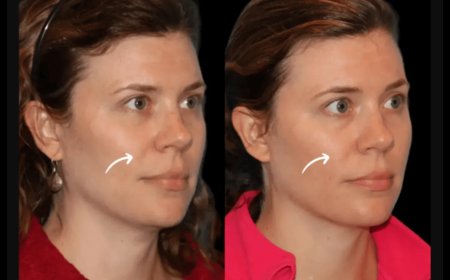Why Is My Leather Couch Cracking After Cleaning?
Discover the common reasons your leather couch cracks after cleaning. Learn expert tips to clean, condition, and preserve your leather furniture the right way.

Leather furniture adds elegance, warmth, and sophistication to any living space. Its a popular choice because of its durability, aesthetic appeal, and comfort. However, caring for leather isnt as simple as wiping it down with a damp cloth. In fact, improper cleaning methods can lead to long-term damagemost notably, cracking.
If you've ever asked yourself, "Why is my leather couch cracking after cleaning?" you're not alone. Many homeowners face this frustrating issue, often unaware that their cleaning practices are contributing to the problem.
In this detailed guide, well break down the causes of leather cracking, proper cleaning methods, how to prevent damage, and how to restore your leather couch if its already showing signs of distress.
Understanding Leather: A Delicate Natural Material
Before diving into why leather cracks, it's important to understand what leather is. Leather is a natural material made from animal hide. Unlike synthetic materials, its porous and responds to environmental conditions. It breathes, absorbs moisture, and is sensitive to temperature and humidity changes.
High-quality leather, such as full-grain or top-grain, contains natural oils that keep it supple and flexible. When those oils dry out or are stripped away, the leather becomes brittleleading to unsightly cracks over time.
Top Reasons Why Leather Cracks After Cleaning
Lets explore the most common causes behind a cracking leather couchespecially after a cleaning session.
1. Overuse of Harsh Cleaning Products
One of the biggest culprits is using cleaners that arent leather-safe. Many people mistakenly use household cleaners like bleach, ammonia-based sprays, or alcohol-based wipes. These chemicals are too harsh for leather and strip away its natural oils.
Even some general upholstery cleaners can be damaging if theyre not specifically formulated for leather furniture cleaning. Over time, these products degrade the leathers protective layer and weaken its fibers.
2. Skipping the Conditioning Step
After cleaning, its vital to restore the moisture lost during the process. Leather conditioning is not optionalits essential.
Conditioners replenish the natural oils in leather and help maintain flexibility. Skipping this step after cleaning can lead to dryness, stiffness, and eventually cracking. Just like human skin gets dry after washing and needs moisturizing, leather requires the same care.
3. Using Excessive Water or Letting Leather Soak
Water might seem harmless, but leather and water do not mix well. Over-wetting the surface can cause swelling, discoloration, and damage to the inner layers of the hide.
When leather gets too wet and then dries too quickly, it loses elasticity. This often results in hairline cracks that worsen over time. Lightly dampened cloths are acceptable, but avoid soaking the material entirely.
4. Drying Leather Improperly
A common mistake people make is using heat sources to speed up drying after cleaning. Placing your leather couch in direct sunlight, using a hairdryer, or positioning it near a heater causes moisture to evaporate too quickly, leaving the surface dry and prone to cracking.
Leather should always dry naturally in a cool, shaded area.
5. Lack of Regular Maintenance
Even if you clean your couch carefully, irregular maintenance can lead to deterioration. Leather requires routine care, including dusting, conditioning, and protecting it from environmental stressors.
Waiting too long between cleanings, or only reacting to visible dirt or stains, leaves leather vulnerable to wear and tear.
The Right Way to Clean Leather Furniture
So, what should you do instead? Heres a simple and safe process for keeping your leather couch clean without causing damage:
Step 1: Vacuum First
Start by vacuuming your leather couch using a soft brush attachment. This removes loose dirt and debris that could scratch the leather during wiping.
Step 2: Use a Leather-Safe Cleaner
Choose a mild, pH-balanced product specifically made for leather furniture cleaning. Avoid multipurpose cleaners, which often contain alcohol or solvents.
Dampen a soft cloth with the cleaner and gently wipe down the leather. Work in small sections and dont oversaturate the surface.
Step 3: Wipe with a Dry Cloth
After cleaning, use a dry microfiber cloth to absorb any excess moisture. This helps prevent water damage and speeds up the drying process naturally.
Step 4: Condition the Leather
Once the couch is completely dry, apply a high-quality leather conditioner using a soft cloth. Let the conditioner soak in for several hours or overnight. Then, buff it with a clean cloth to restore shine.
This step ensures the leather remains supple and resistant to cracking.
How Often Should You Clean and Condition Leather Furniture?
As a general rule:
-
Light cleaning: Every 23 weeks (dusting, wiping)
-
Deep cleaning: Every 36 months
-
Conditioning: After every deep clean or at least every 6 months
Frequency depends on usage, climate, and the type of leather. Homes with pets, children, or high humidity may require more frequent attention.
Other Factors That Contribute to Leather Cracking
Beyond cleaning, several environmental and usage factors can contribute to your couch cracking.
1. Sunlight Exposure
Direct sunlight is a leather couchs enemy. UV rays can dry out leather and cause fading and surface damage. Always place your furniture away from windows or use curtains and UV-blocking film.
2. Temperature Fluctuations
Leather is sensitive to temperature extremes. Placing a couch near a fireplace or air vent can dry it out or make it brittle. Keep your leather furniture in a climate-controlled space whenever possible.
3. Low Humidity Levels
In dry climates or during winter, indoor humidity levels drop. This dehydrates the leather and can lead to cracking. Using a humidifier helps maintain a balanced environment.
4. Heavy Wear and Friction
Constant use, especially in the same spots, leads to thinning and weakening of the leather. This makes those areas more prone to cracking. Rotate cushions when possible and use throws or covers on high-contact spots.
Can You Repair Cracked Leather?
Yes, depending on the extent of the damage, cracked leather can be treated or restored. Here's how:
Minor Cracks:
-
Clean the area gently.
-
Apply a leather repair compound or filler.
-
Smooth the surface and let it dry.
-
Colour-match with leather dye if needed.
-
Finish with a leather sealant.
Moderate Cracks:
You may need professional help for deeper cracks. Leather restoration experts can recondition, recolor, and reseal the surface, restoring its appearance and feel.
Severe Damage:
If the leather is peeling or the structural integrity is compromised, replacement of that section (or the entire couch) might be necessary.
Preventive Tips to Keep Your Leather Couch Crack-Free
-
Avoid Harsh Cleaners: Only use products designed for leather furniture cleaning.
-
Always Condition After Cleaning: Never skip this step.
-
Protect from Heat and Sunlight: Rearrange furniture or use shades if needed.
-
Use a Humidifier: Especially in dry indoor environments.
-
Clean Spills Immediately: But dont over-wet the surface.
-
Dont Sit on the Same Spot Repeatedly: Distribute usage.
-
Keep Pets Off Furniture: Their claws can damage the leather.
When to Call a Professional
If youre unsure about your leather type or dealing with significant damage, its wise to contact a professional. Experts in leather furniture cleaning not only clean but also condition and repair furniture using specialized tools and products that are not readily available to consumers.
Professional care can extend your couchs lifespan and keep it looking like new for years.
Conclusion
A cracking leather couch can be both heartbreaking and expensive. But most of the time, its preventable. Understanding the right way to clean and care for leather is crucial to maintaining its softness, durability, and beauty.
The key lies in gentle, consistent careavoiding harsh chemicals, keeping the surface conditioned, and protecting it from environmental stressors. By avoiding the common pitfalls and investing a little time into regular maintenance, youll enjoy your leather couch for decades to comefree from cracks and full of charm.
If your leather couch is already showing signs of wear, dont waitstart implementing these tips today or contact a professional to evaluate the damage and restore its condition. A little care goes a long way when it comes to leather.













